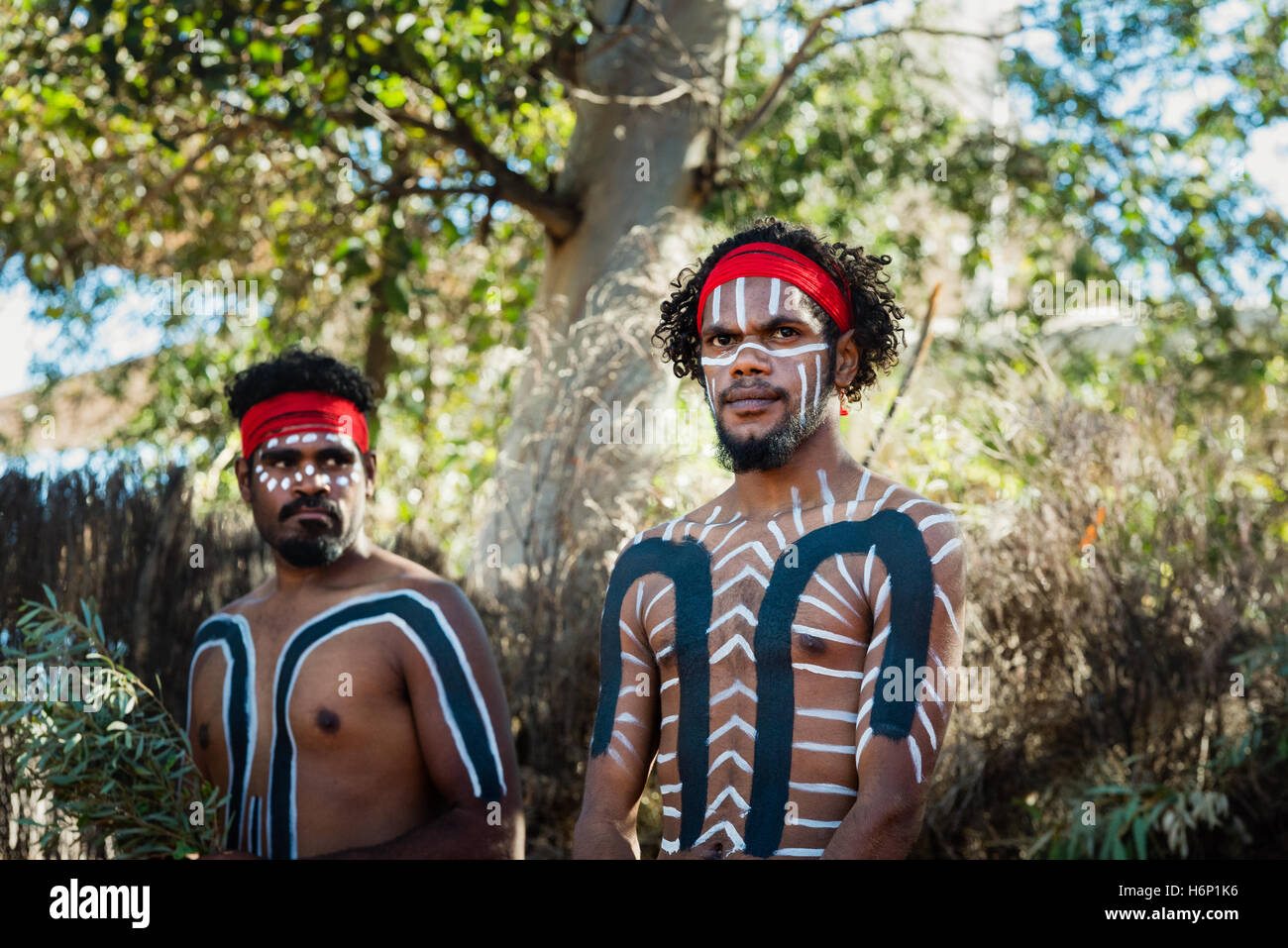
Aboriginal Anangu man wearing traditional body paint to perform inma Stock Photo Alamy
Djunga Yunupingu, Yolngu Elder. Image sourced from Artlandish. Paint is just one of the many kinds of body adornment used within Indigenous ceremonies and rituals. Feathers, headdresses, jewelry and scarring are often used to adorn the body.
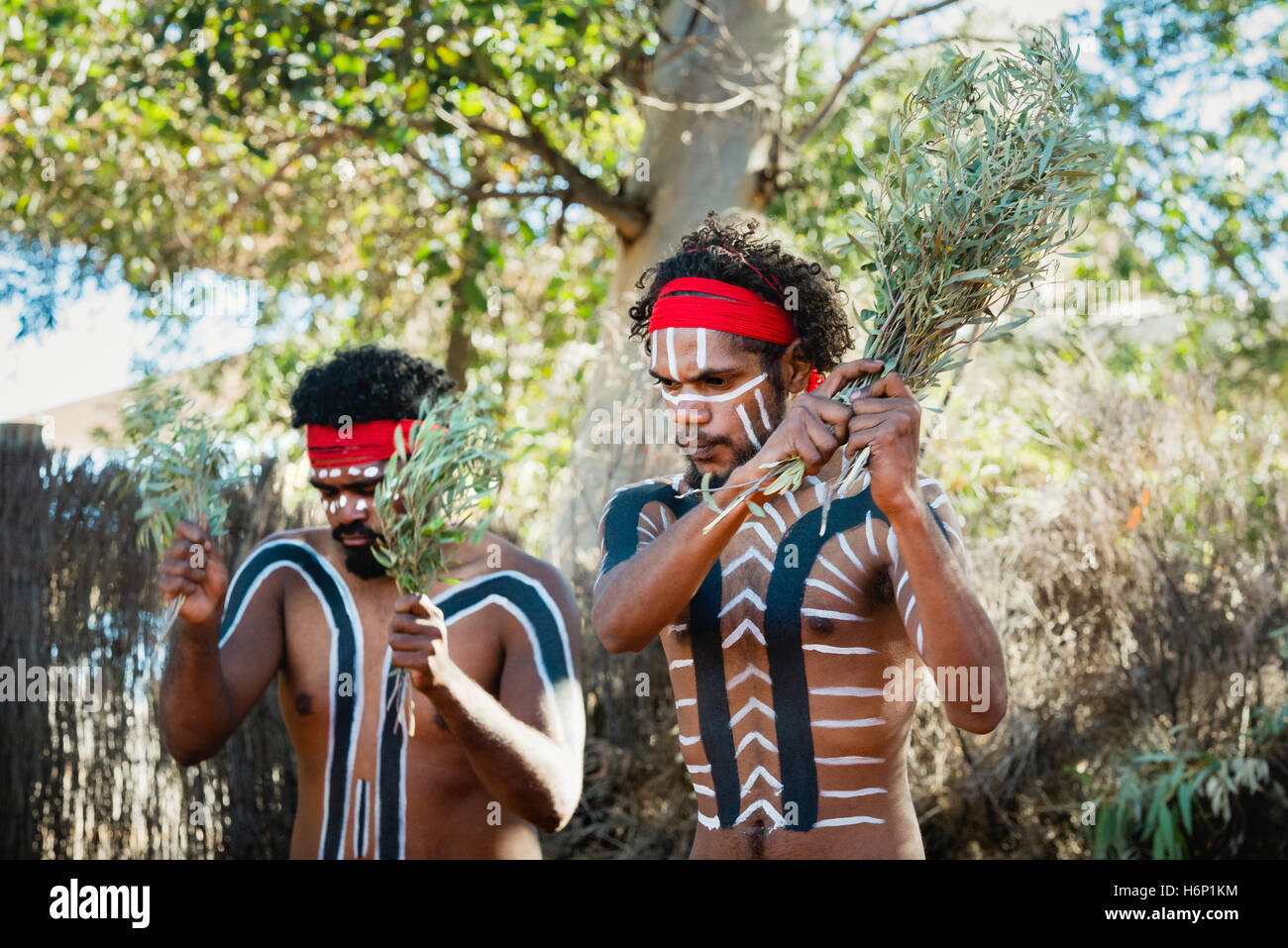
Aboriginal Anangu man wearing traditional body paint to perform inma Stock Photo Alamy
Many Aboriginal communities have been painting their bodies for thousands of years. For these communities, body painting is not necessarily just about visual artistic creativity, it relates to conventions, laws and religion.
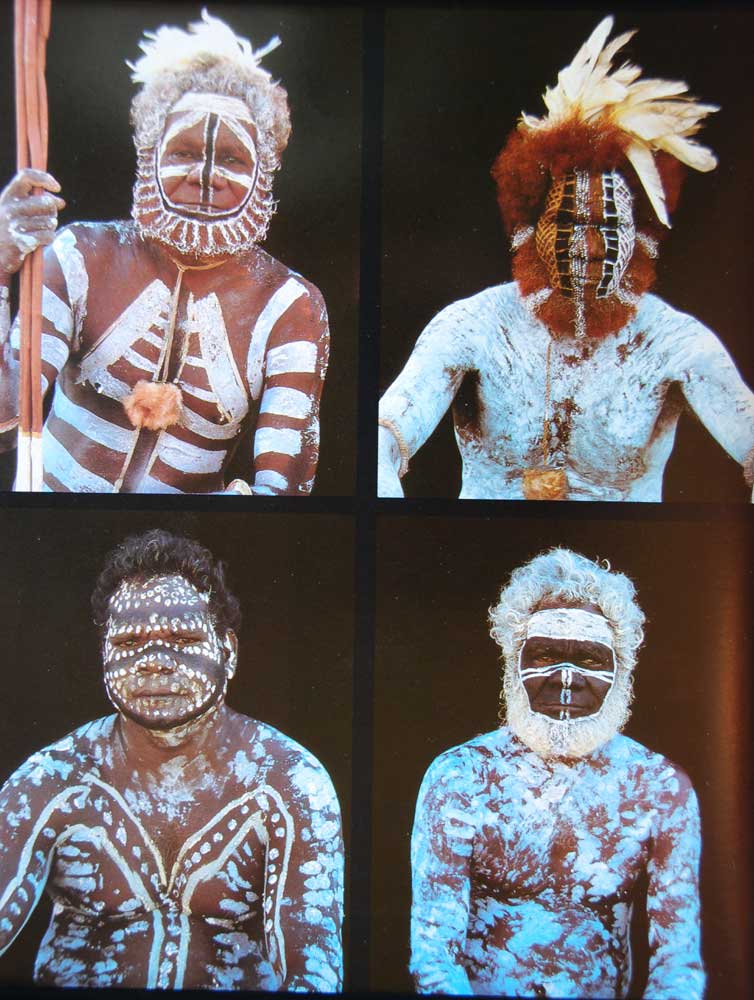
Australian Aborigines
Indigenous Australian practices, honed over thousands of years, weave science with storytelling. In this Indigenous science series, we look at different aspects of First Australians' traditional.
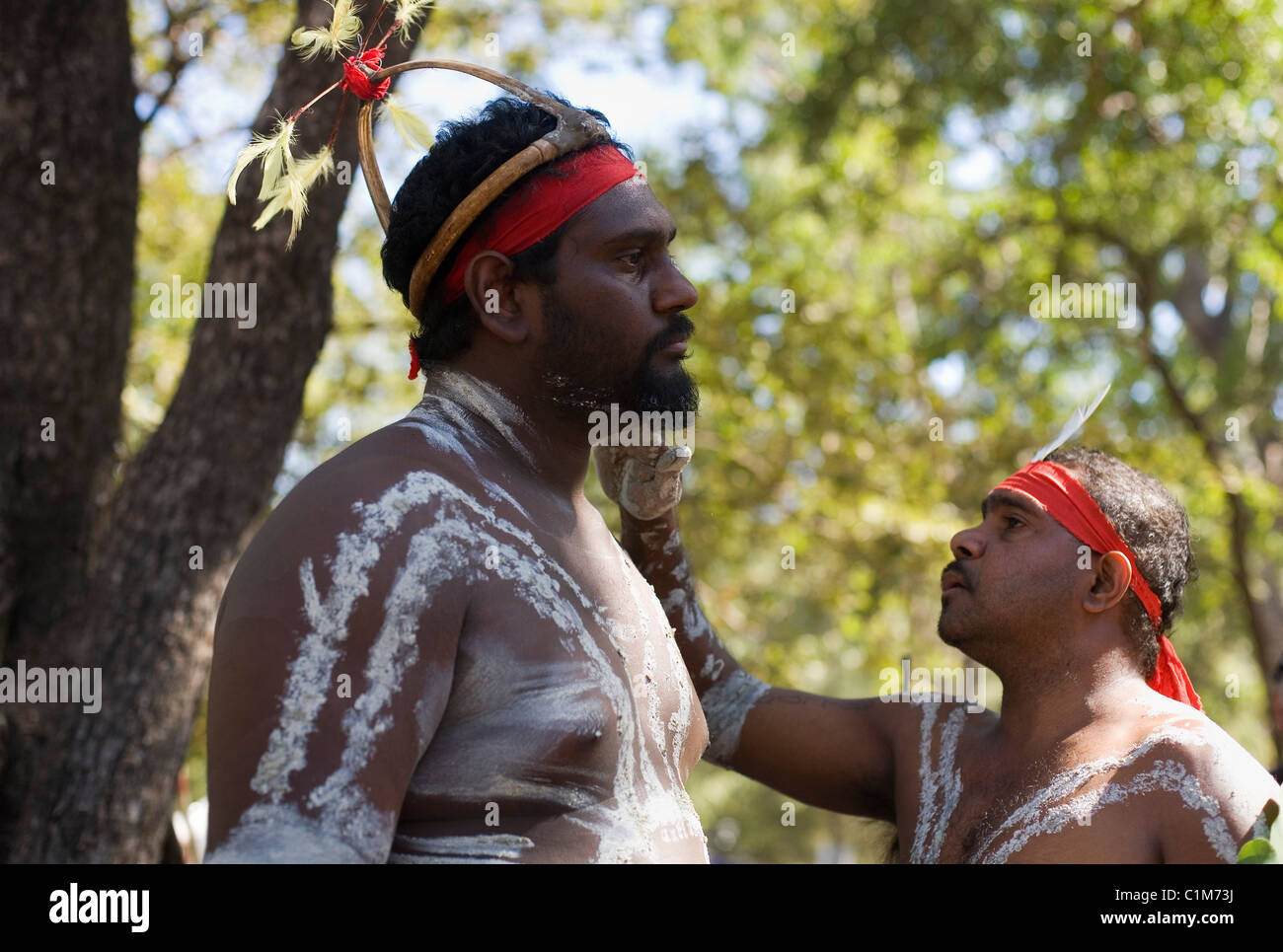
Indigenous dancers applying body paint. Laura Aboriginal Dance Festival, Laura, Queensland
The Body Art exhibition explored the many different ways, both temporary and permanent, in which people modify, change, decorate and adorn their bodies. It revealed the what, why, how and where of 'body art'.

Aboriginal Body Painting Australia Stockfotos und bilder Kaufen Alamy
The world of Aboriginal ritual and ceremony is a constant source for Aboriginal artists when choosing subject matter for their art and paintings. When preparing for ceremonies it is usual for the dancers to be painted up with ritual designs, using ochre colours on to the dancer's body.

High Quality Stock Photos of "body paint"
Ochre is one of the principal foundations of Australian Indigenous art. Ochres are primarily natural pigments and minerals found in the soil, or even in charcoal. These natural pigments (colours) were originally used to depict Dreamtime stories and maps. They were used either in body painting, rock painting, on artefacts and sometimes even on sand.

Aboriginal boys painted with their dreaming for their initiation circumcision ceremony Nangalala
The body adornments and body painting worn by Aboriginal people varied throughout the country. In the description of body adornments here, they are divided into two groups: those worn as everyday items, and those reserved for ceremonial occasions. Everyday body adornments
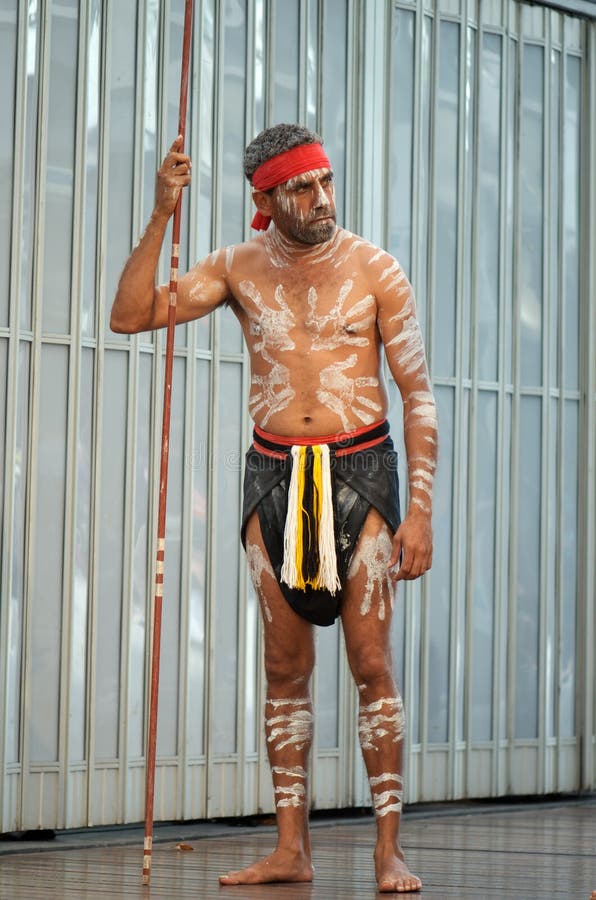
Aboriginal with body paint editorial image. Image of show 23508195
Aboriginal & Torres Strait Islander collection timeline. Papua New Guinea Scarification. In Australia, scarring was practised widely, but is now restricted almost entirely to parts of Arnhem Land. Scarring is like a language inscribed on the body, where each deliberately placed scar tells a story of pain, endurance, identity, status, beauty.

Celebrating National Aboriginal & Torres Strait Islander Children’s Day
DESERT ARTWORKS $1,000 - $2,000 $500 - $1,000 Current local time at Gallery Tue 02 : 20 : 18 a.m Opening Hours Mon - Fri: 9:00AM - 4:00PM Saturday: 9:00AM - 12:00PM Sunday: Closed Call Us! 1300 362 551 +61 8 9168 1881 OVER $5,000 $2,000 - $5,000 KIMBERLEY / OCHRE ART COLLECTABLE ART MEDICINE LEAVES TOP END / TIWI ART Gift Certificates

Pin by ABORIGINE. on ABORIGINE. Faces Body painting festival, African art, Body painting
With more than 200 pieces by 118 Aboriginal and Torres Strait Islander women,. Body Paint: Awely by Emily Kam Kngwarray (1993). Western Australia, the traditional country of the Martu people

Aboriginal body painting is an ancient tradition which carries deep spiritual significance for
Women's rituals related to women's affairs are referred to as ' Awelye ', as are the Aboriginal body paint designs applied on a woman's body. The Awelye cycle is practised for social and healing purposes in Central Australia. It is a distinct and unique form of Aboriginal art that's filled with spiritual and social symbols.. Awelye connects women with the land's fertility and.

Aboriginal body painting, Alice Springs area, Northern Territory, Australia Stock Photo Alamy
The Aurukun Indigenous Knowledge Centres 'bio-cultural program' heads north of the community to collect ceremonial clay to be used for an upcoming reconcilia.
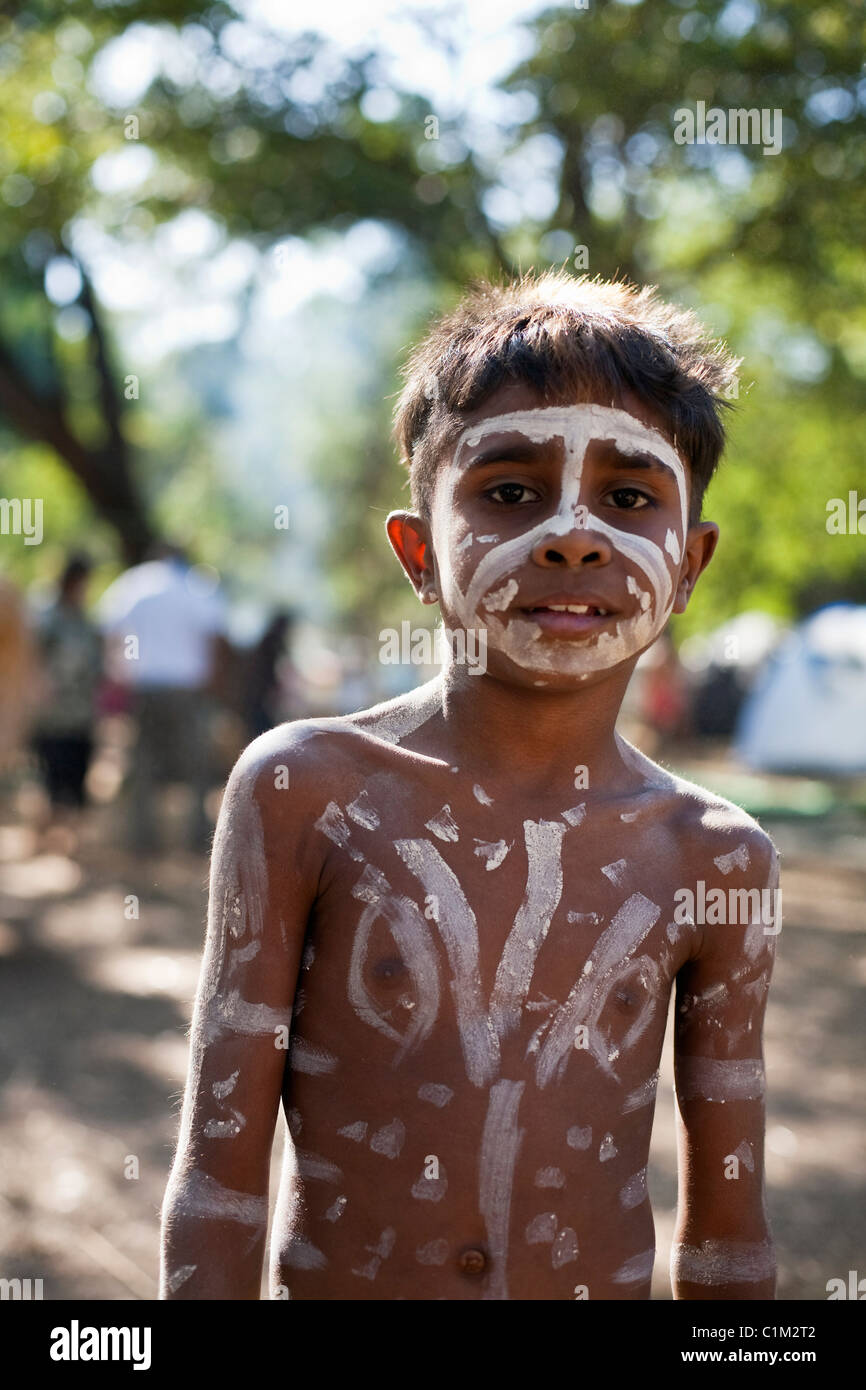
Portrait of a young aboriginal boy in tribal body paint. Laura, Queensland, Australia Stock
History of Aboriginal Art Although Australian Aboriginals have been using ochres as body paint, on bark and rocks for tens of thousands of years it was not until the 1930's that the first paintings were done. These were not done in ochre or in dot art but in water colour at the Hermannsburg mission near Alice Springs.

Aboriginal medicine man, Australia, with body paint representing the Oruncha, Stock Photo
Table of Contents Aboriginal body paint is a fascinating part of indigenous Australian and African culture. It can be used for ceremonial or artistic purposes, depending on the tribe or region where it originated. In this guide, we will understand what are the origins and the meaning behind aboriginal body painting. What is aboriginal body paint?

Aboriginal People, Aboriginal Art, Beauty Portrait, First Nations, Painting Crafts, Body Art
Browse 551 aboriginal australia body paint photos and images available, or start a new search to explore more photos and images. NEXT Browse Getty Images' premium collection of high-quality, authentic Aboriginal Australia Body Paint stock photos, royalty-free images, and pictures.
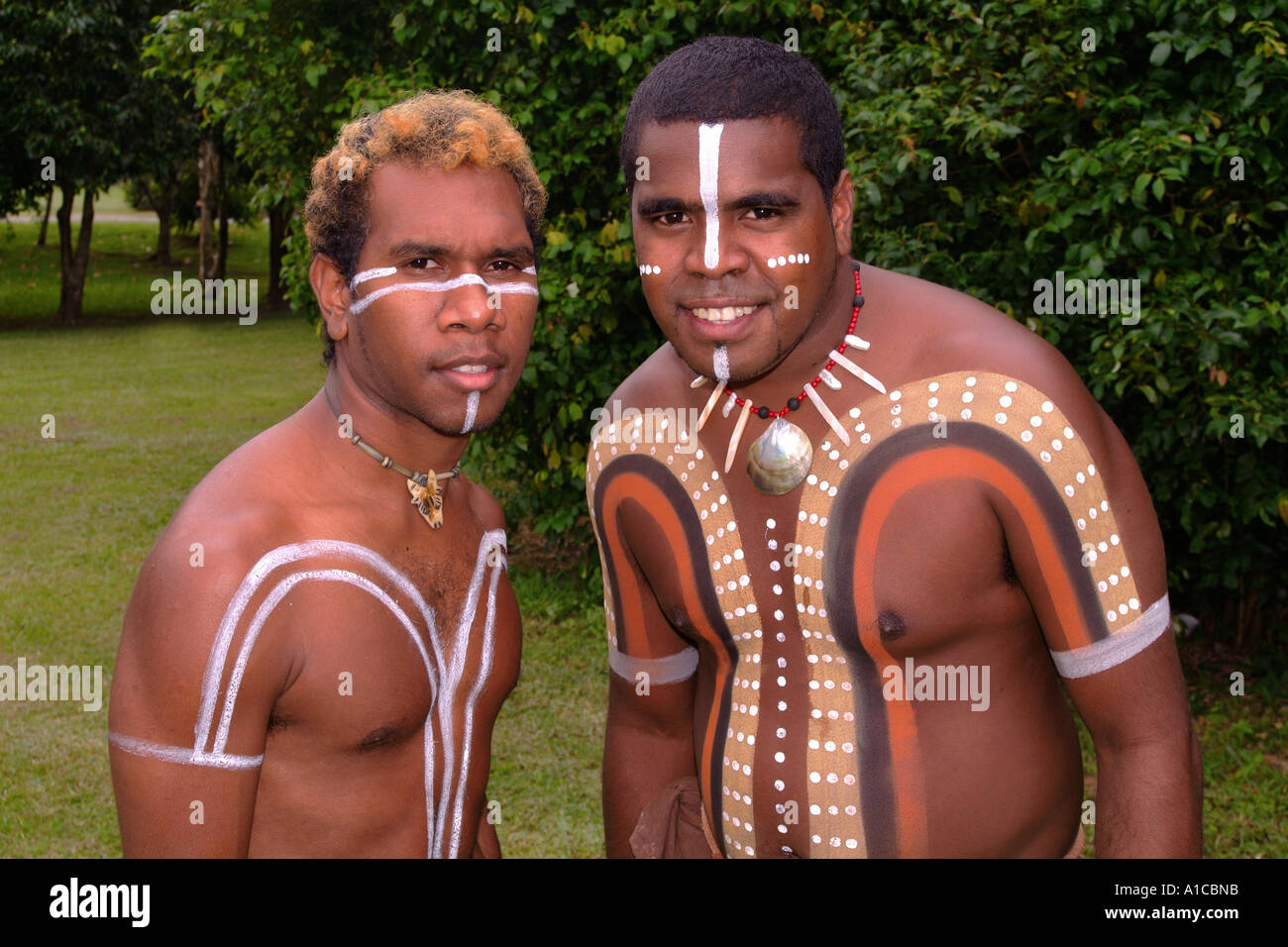
Body Painted Tjappukai Aboriginal natives in Cairns Australia Stock Photo 5836954 Alamy
Traditionally, the highly creative application of body paint has been used as a way for Aboriginal people to show important aspects of their lives, such as social status, familial group, tribe, ancestry, spirituality and geography. How body painting is used in Aboriginal culture